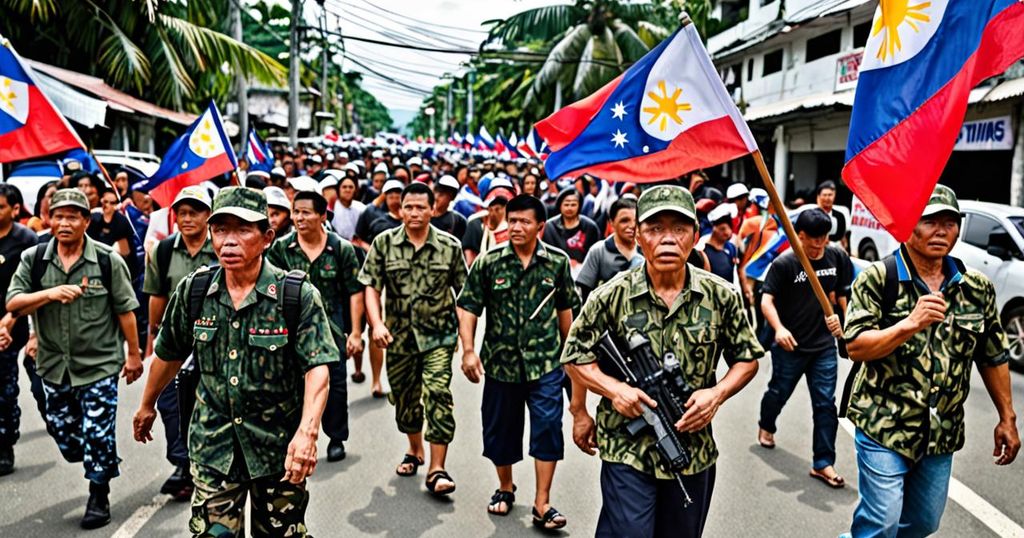The recent clash between Chinese maritime forces and Philippine navy personnel has caused heightened tensions within the Philippine government and revealed divisions within President Ferdinand Marcos Jr.’s administration. The conflicting statements from the Philippine government following the incident at the Second Thomas Shoal, which is contested territory, have underscored varying perspectives on how to address China’s assertiveness in the nation’s Exclusive Economic Zone (EEZ).
Instances of political divisions within the Philippines during geopolitical crises are not unprecedented. In the past, senators openly disagreed on the country’s diplomatic approach to the Scarborough Shoal crisis in 2012, and partisan differences were evident during Rodrigo Duterte’s presidency, during which he pursued close ties with China while challenging Western allies.
Despite campaigning on a platform of unity, President Marcos Jr.’s administration has encountered difficulties in maintaining coherence, especially with regard to addressing China’s assertiveness in the South China Sea. The government’s response to the recent incident involving the Philippine navy and Chinese maritime forces has brought to the surface internal divisions and differing approaches to foreign policy.
The Philippines’ defense establishment, led by Defense Secretary Teodoro Jr., has underscored the importance of addressing China’s aggressive actions, while other government officials have called for diplomatic engagement to ease tensions. In the midst of this internal debate, the Philippine government must find a balance between assertiveness in safeguarding its maritime claims and avoiding escalation with China.
The Philippines has taken a more assertive stance in asserting its claims in the South China Sea, with over 90% of Filipino voters expressing support for a firmer approach. However, certain officials have expressed concerns about potentially provoking tensions with China and have advocated for a more conciliatory position.
The government’s handling of China’s recent actions in the South China Sea has revealed differing perspectives within the administration, as some officials advocate for stronger measures to counter China’s aggressive tactics, while others emphasize the importance of diplomacy in addressing the situation.
The incident has also raised questions about the coordination of the government’s defense and maritime policies. Reports suggest underlying disagreements among top officials, indicating potential rifts within the security establishment. This raises concerns about the overall coherence of the government’s approach in managing the South China Sea situation.
There also appears to be a difference in opinion regarding the future of the government’s “transparency initiative,” which aims to raise awareness about China’s aggressive tactics in the disputed waters. Analysts are speculating on whether the Marcos Jr. administration will maintain its current approach or recalibrate its stance in exchange for a new understanding with China.
The latest incident has prompted discussions about the Philippines’ strategic alignment, with some advocating for a closer relationship with the US, while others emphasize the need to navigate relations with both the US and China to maintain stability in the region.
As the government navigates these internal divisions and external pressures, it faces the challenge of formulating a cohesive and effective strategy to address China’s assertiveness in the South China Sea while safeguarding the Philippines’ interests.
In light of these developments, it is evident that the Philippine government is grappling with internal divisions and differing perspectives on how to navigate the country’s relations with China. The challenge lies in finding a unified approach that effectively protects the Philippines’ maritime claims while maintaining stability in the region.

Leave a Reply